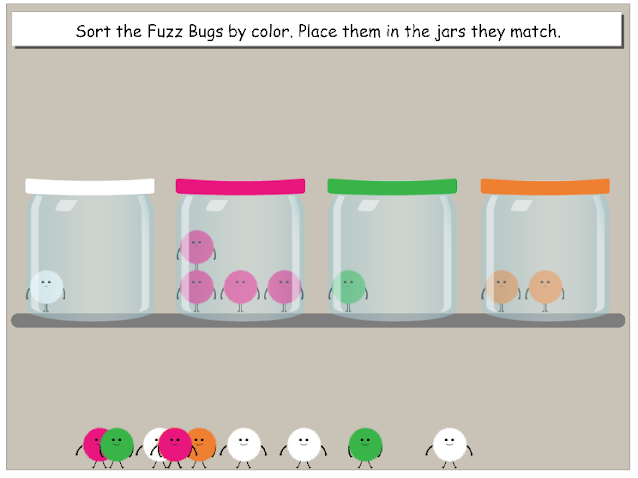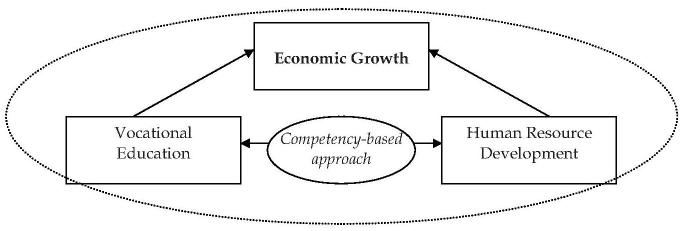
You've found the right place if you want to teach your child addition through games. Online addition games can be engaging and interactive activities that will help students learn about the subject. You can choose from Snake-a-Cell and Snake-a-Cell as well as Keep-up-the-chain and Jelly Jump. You can also play multiplayer games to include multiple players in one game.
Count Hoot
Count Hoot is a fun game that helps children develop number bonds and early addition skills. There are three levels to choose from: Easy, Medium, and Hard. The objective is to find the correct combination of numbers to form 5, 10, or 100. The game allows players the ability to verify their answers. Once they reach the target amount, they can move to the next stage.
The game provides children with colorful visuals and add-on models that make addition more fun. These games encourage children to use addition to solve real-life problems and to develop critical thinking skills.

Snake-a-Cell
Snake-a Cell is a fun online game that can help children learn basic addition. It is easy to play and helps children learn about addition, subtraction, and place value. It can be played on any device: a computer or an iOS or Android phone, as well as in your browser.
Although it is similar to many Snake-a-Cell additional games, the game has a new gameplay mechanic. This game lets you play as a snake to collect objects. As you collect items, your snake will grow, making it more difficult to avoid hitting objects. To increase your score, try to avoid touching higher-value blocks.
Keep-up-the-chain
Keep-up-the-chain addition games are a great way to practice math and encourage kids to use their brain to solve addition problems. The first child speaks a number. Next, the next child adds it. This game is fun for children and their parents, and a great way of strengthening basic addition skills.
Jelly Jump
Jelly Jump is a classic addition game online that's available for free at Fun4thebrain. By tapping on the jelly blocks, you can move them around from one level to another. As you advance through the levels, candy will be required to unlock the next level.

Jelly Jump plays in a manner similar to a traditional pinball game. The ball will be bounced through a series moving gates. To progress, you must keep your speed constant. Higher levels are possible by scoring more points.
Turtle Diary
Online addition games can be a great way for kids to reinforce concepts in an entertaining way. These games keep children's attention and teach them how to use the concept in real life. Students can have fun with their classmates, friends, and even with themselves to learn or compete. Many of the games are suitable for all ages. Students can use the games to reinforce what they have learned in class.
Begin with simple tangram Puzzles. Here students must place shapes into the puzzle to solve it. Students will feel more confident when they return to school if they have practiced math skills outside the classroom. Free math games online offer this opportunity. Online math games such as Turtle Diary can be a great way of sharpening your math skills.
FAQ
What is an alternative school?
An alternative school aims to allow students with learning difficulties to access education and provide them with support from teachers who are qualified to meet their needs.
Alternative schools are designed to give children with special education needs the chance to learn in a normal classroom setting.
Additionally, they receive extra support when necessary.
Alternative schools are not only for those who are excluded from mainstream schools.
They are open for all children, regardless their ability or disability.
What is the main difference between schooling and college?
Schools are usually divided into classes (or grades), with a teacher who is responsible for teaching a specific class. Colleges are larger organizations that offer more specialized programs and often include university-level courses. While schools tend to focus on the basics, colleges can offer courses in a wide range of subjects, including science, language, business, and arts. The curriculum at both levels is designed to prepare students for further study at higher levels.
What is the difference of a college and university?
A university is an institution that offers higher education. It offers undergraduate and postgraduate courses in various fields.
A college is often smaller and less famous than a university. Although it may offer fewer courses, colleges often have their own specialist departments.
Statistics
- “Children of homeowners are 116% more likely to graduate from college than children of renters of the same age, race, and income. (habitatbroward.org)
- They are more likely to graduate high school (25%) and finish college (116%). (habitatbroward.org)
- These institutions can vary according to different contexts.[83] (en.wikipedia.org)
- Data from the Department of Education reveal that, among 2008 college graduates, 92.8 percent of humanities majors have voted at least once since finishing school. (bostonreview.net)
- In most developed countries, a high proportion of the population (up to 50%) now enters higher education at some time in their lives. (en.wikipedia.org)
External Links
How To
what is vocational education?
Vocational Education prepares students for work by giving them skills that are required for a specific job, such as welding. It includes training on the job in apprenticeship programs. Vocational education stands out from general education. This is because it focuses less on general knowledge and more on developing skills for specific occupations. Vocational education's goal is to help students find employment after they graduate.
Vocational education is available at all levels of education, including primary, secondary, high school, college, universities, technical institutes as well as trade schools, community colleges and junior colleges. Many specialized schools are available, including nursing and culinary schools, law schools medical and dental schools, veterinary medicine school, veterinary medicine schools, firefighting training schools, police academies, military academy, and other military schools. Many of these offer both academic instruction, and practical experience.
Over recent decades, there have been significant investments made in vocational education by many countries, including Australia, Denmark (Finland), Germany, Ireland and Japan. However, the effectiveness of vocational education remains controversial. Some critics believe it doesn't help students get hired, while others claim that it helps prepare them for life after high school.
According to the U.S. Bureau of Labor Statistics, 47% of Americans have a degree or certificate related to their current occupation. This is a higher percentage among those who have more education. 71% are currently employed in fields that require postsecondary qualifications.
The BLS reported that almost half the adult population of the country had at least one form of postsecondary credential as of 2012. One-third of Americans had a two year associate degree. Only 10% held a four-year bachelors degree. One fifth of Americans had a masters degree or doctorate.
The median annual salary for people with a bachelor's was $50,000. This compares to $23,800 for those who don't have a degree. For those with advanced degrees, the median wage was $81,300.
The median wage for those who didn't complete high school was $15,200. The median annual income for those with less than a high-school diploma was $13,000